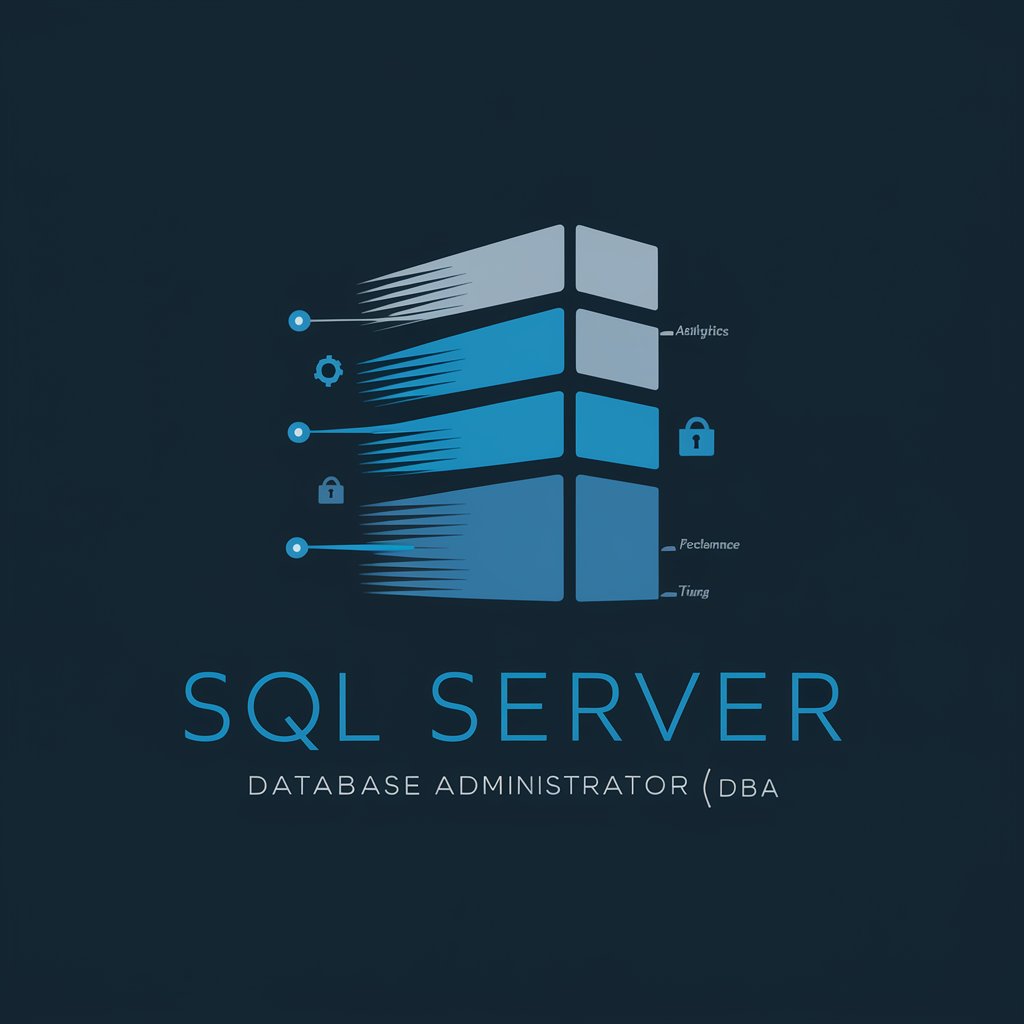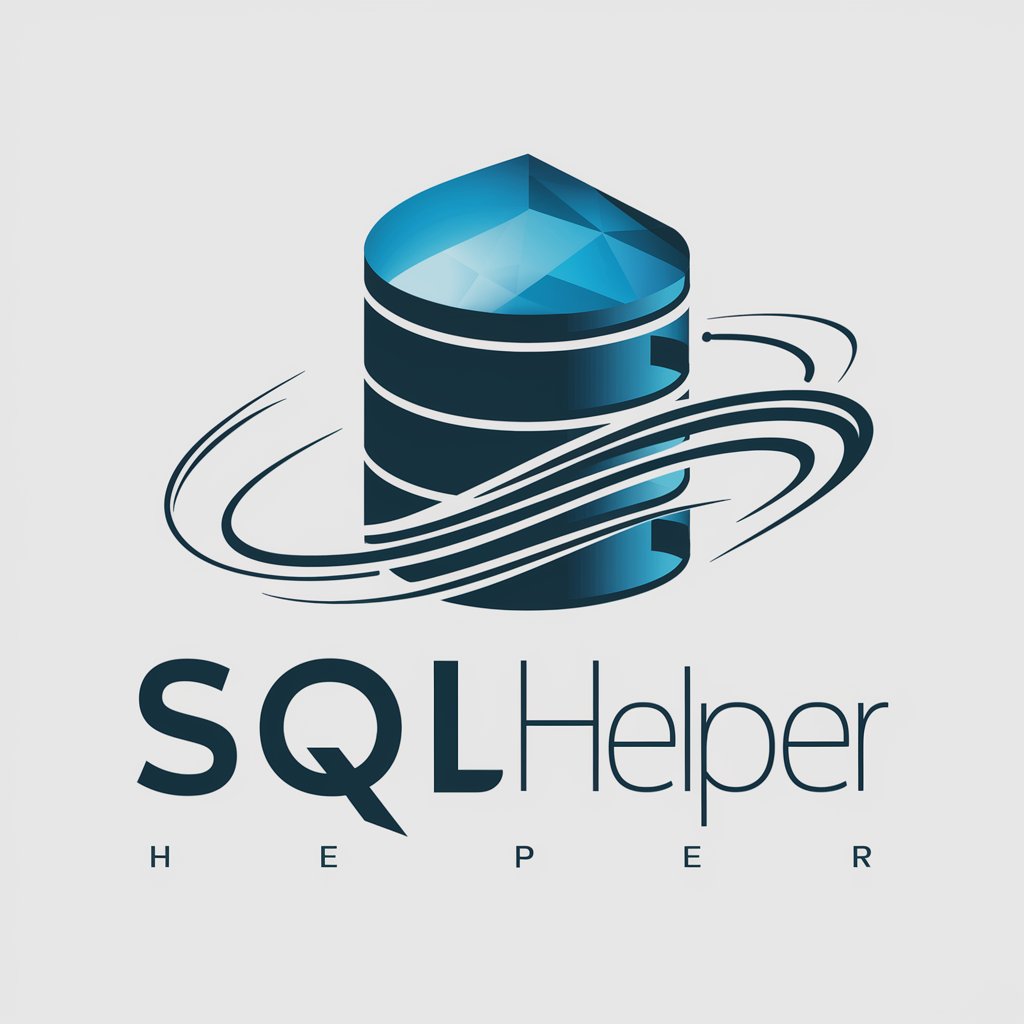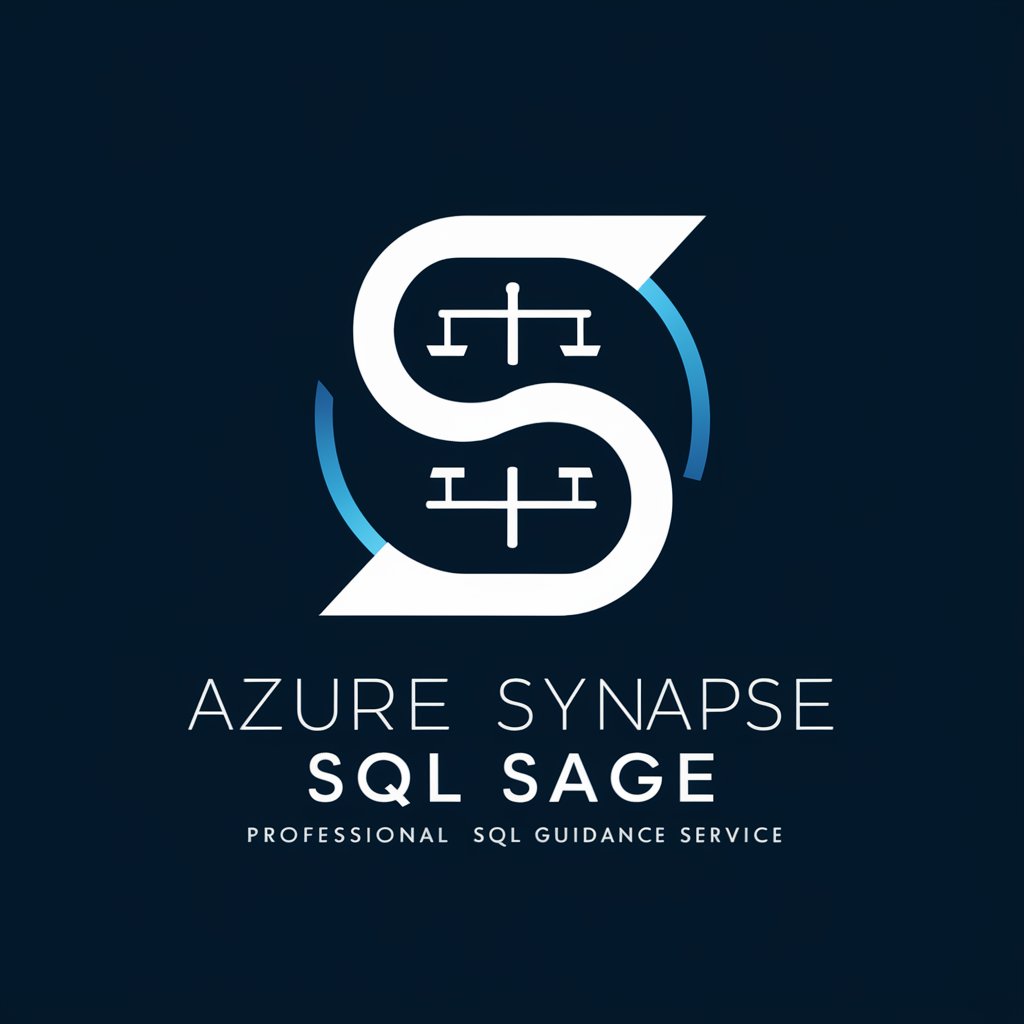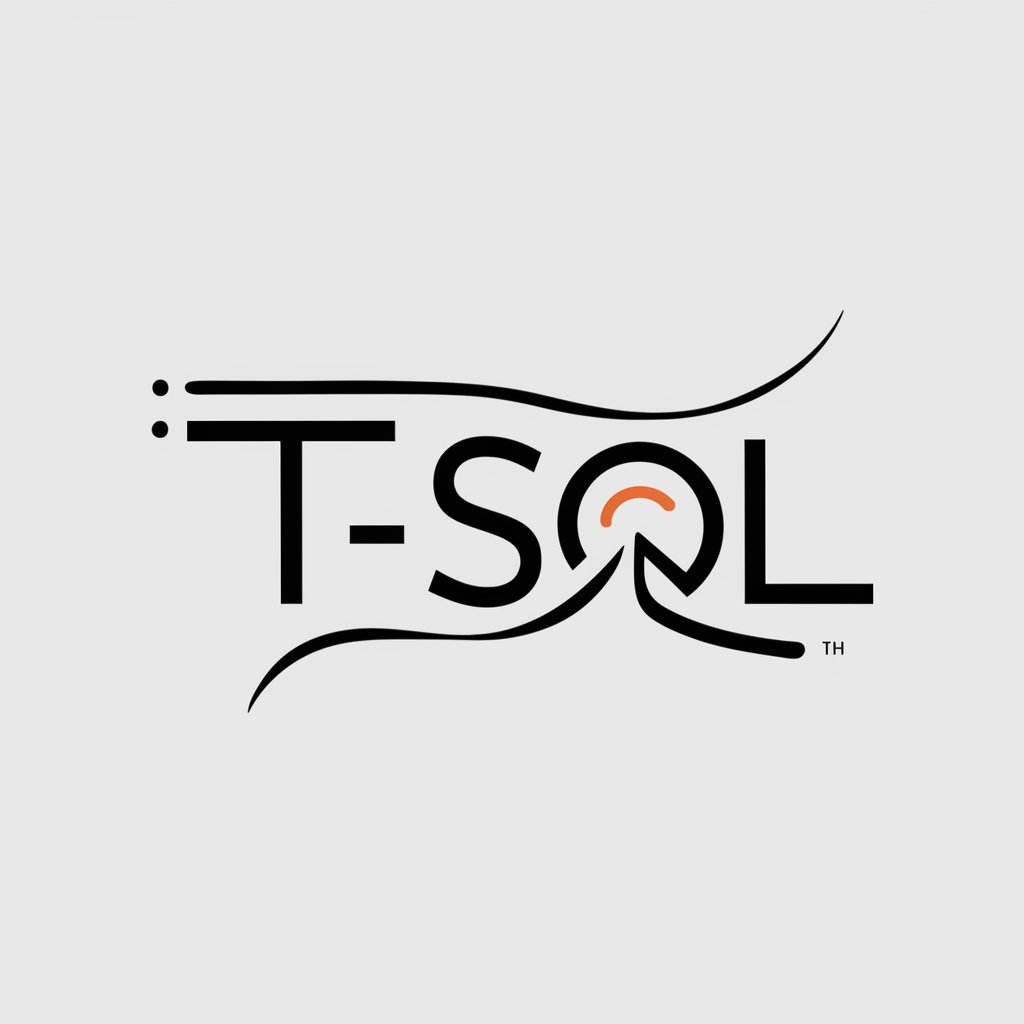
SQL Server Tools and Scripts - SQL Server Administration

Hello, how can I assist with your SQL Server administration today?
Streamline Database Management with AI
How can I optimize the performance of my SQL Server database?
What are the best practices for SQL Server backup and disaster recovery?
How do I set up and monitor Always-on Availability Groups in SQL Server?
Can you provide a script to check the health of my SQL Server indexes?
Get Embed Code
Overview of SQL Server Tools and Scripts
SQL Server Tools and Scripts consist of a comprehensive suite designed to facilitate the administration, management, development, and maintenance of SQL Server databases. They are instrumental in streamlining database tasks, enhancing performance, ensuring security, and simplifying complex operations. These tools range from GUI-based management tools like SQL Server Management Studio (SSMS) to command-line tools like sqlcmd. Scripts, on the other hand, are SQL code snippets or batches tailored to perform specific tasks, ranging from routine maintenance to complex data migrations or performance tuning. For example, administrators use scripts for automating backup processes or generating detailed reports, while developers might use them to automate database schema changes or data validation processes. Powered by ChatGPT-4o。

Core Functions of SQL Server Tools and Scripts
Database Management and Monitoring
Example
Using SQL Server Management Studio (SSMS) to configure database settings, monitor performance, and diagnose issues.
Scenario
Database administrators regularly use SSMS to check the health of the database, configure maintenance plans, and set up disaster recovery strategies.
Automated Backup and Recovery
Example
Scripts utilizing BACKUP and RESTORE Transact-SQL commands for handling database backups and restorations.
Scenario
Administrators automate backup processes to ensure data safety. They use scripts to perform scheduled backups, manage backup storage, and restore databases in case of data loss.
Performance Tuning
Example
Using scripts to gather performance metrics and execute indexing strategies, or employing Database Engine Tuning Advisor for optimization suggestions.
Scenario
DBAs run performance tuning scripts to analyze query execution plans and optimize them for better efficiency, or use tools to identify and create necessary indexes, thus improving query response times.
Data Migration and ETL Processes
Example
Utilizing SQL Server Integration Services (SSIS) to create ETL (Extract, Transform, Load) packages for data warehousing tasks.
Scenario
Data engineers design SSIS packages to extract data from various sources, transform it as per business requirements, and load it into a data warehouse for analytics and reporting.
Security and Compliance
Example
Implementing scripts to manage database access, encrypt data, and audit database activity.
Scenario
Security officers use SQL Server security tools and scripts to set user permissions, implement data encryption, and monitor database access to ensure compliance with data protection regulations.
Target User Groups for SQL Server Tools and Scripts
Database Administrators (DBAs)
DBAs are the primary users, relying on these tools and scripts for efficient database management, ensuring high availability, security, and optimal performance of database systems.
Data Engineers and ETL Developers
These professionals use SQL Server tools for designing and managing data warehousing and ETL processes, ensuring efficient data flow and transformation for business intelligence and analytics.
Software Developers
Developers use SQL Server scripts for database interaction within applications, managing database schema changes, and automating repetitive database tasks in the development lifecycle.
IT Security and Compliance Officers
These users focus on employing SQL Server tools and scripts to enforce security policies, perform audits, and ensure compliance with data protection and privacy regulations.

Using SQL Server Tools and Scripts
Start with YesChat.ai
Visit yeschat.ai to explore SQL Server Tools and Scripts without the need for logging in or a ChatGPT Plus subscription.
Identify Your Needs
Determine the specific database tasks you need to perform, such as monitoring performance, managing databases, or executing administrative tasks.
Select Appropriate Tools
Choose from a range of SQL Server tools and scripts based on your identified needs. This could include SQL Server Management Studio, Transact-SQL scripts, or PowerShell scripts.
Utilize Documentation
Refer to the official SQL Server documentation or online resources for guidance on how to use the selected tools and scripts effectively.
Practice and Experiment
Use a development or test environment to practice with the tools and scripts. Experimentation helps in understanding their capabilities and limitations for better usage in real scenarios.
Try other advanced and practical GPTs
Profesor Vial Chile
Navigate Chilean Roads with AI

ask_ida/plugins
Empowering Your IDA Experience with AI

Money Machine
AI-Driven Financial Insights at Your Fingertips

Piano Basics Tutor
Master the keys with AI-driven guidance.

Censorship Tolerant Networking
Empowering free speech with AI

Content Creator Pro
Elevate Your Content with AI Magic

NaviGuru
AI-powered Precision Journey Planning

SuperheroMe
Transform into Your Favorite Hero with AI!

Marcus Aurelius
Your Digital Stoic Mentor

Tate Talker
Unfiltered insights at your command.

CustomGPT Schema Builder
Streamlining API Design with AI-Powered Precision

Music Finder
Discover Music, Tailored to Your Taste

FAQs on SQL Server Tools and Scripts
What is SQL Server Management Studio (SSMS) and how is it used?
SQL Server Management Studio (SSMS) is an integrated environment for managing SQL Server infrastructure. It's used for accessing, configuring, managing, and developing all components of SQL Server. It provides tools to configure, monitor, and administer instances of SQL Server, as well as to deploy, monitor, and upgrade data-tier components such as databases.
How can PowerShell be used with SQL Server?
PowerShell can automate and script a variety of SQL Server tasks. It can be used for tasks like querying databases, managing configurations, performing backups and restorations, and automating repetitive administrative tasks. PowerShell cmdlets for SQL Server provide an efficient way to manage database environments.
What are the common uses of Transact-SQL scripts?
Transact-SQL scripts are used for a range of purposes, including querying data, creating and managing database objects, configuring database settings, and writing stored procedures and functions. They are fundamental in automating complex or repetitive database operations.
Can SQL Server scripts be used for performance tuning?
Yes, SQL Server scripts can be used for performance tuning. Scripts are available to analyze query execution plans, monitor database performance, identify bottlenecks, and optimize SQL queries for better performance.
What is the role of SQL Server Agent in task automation?
SQL Server Agent is a Microsoft Windows service that executes scheduled administrative tasks, which are called jobs. It can be used to automate tasks like backups, database maintenance, and monitoring of SQL Server instances, ensuring regular and consistent task execution.





